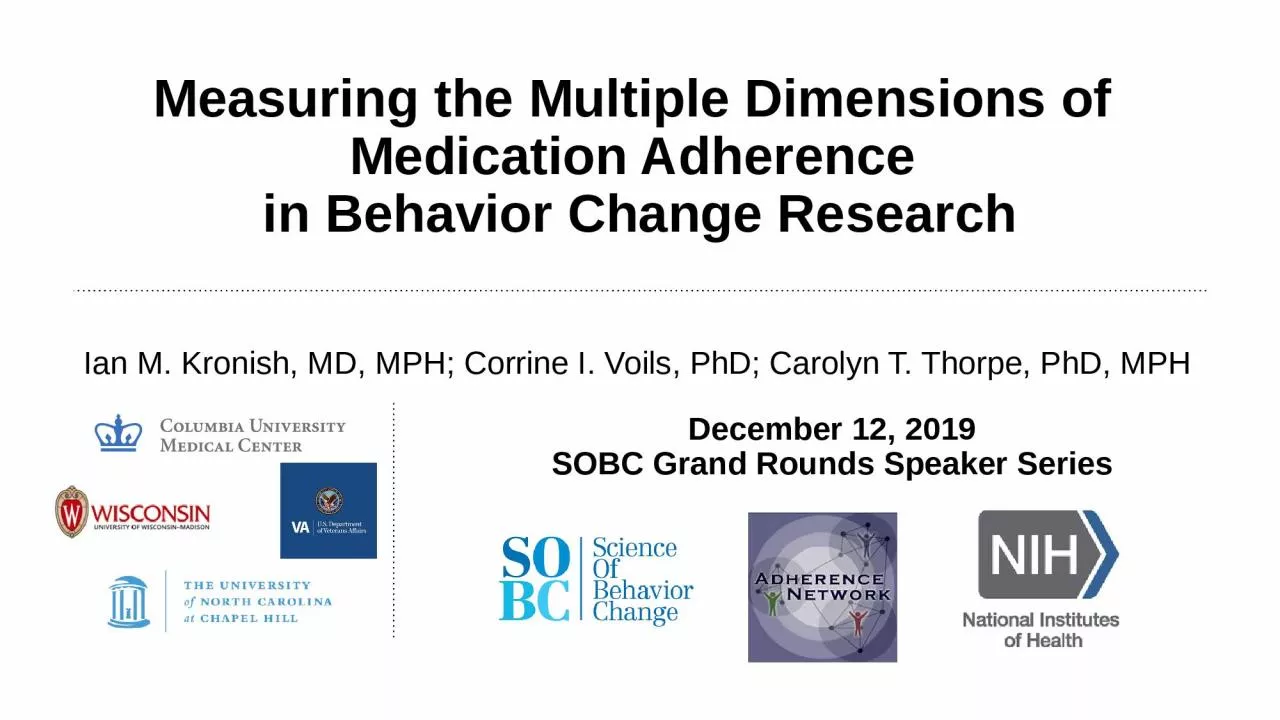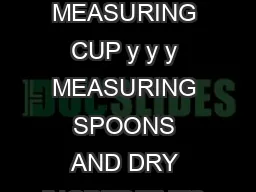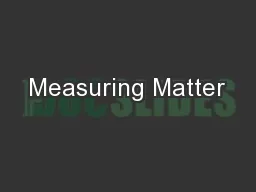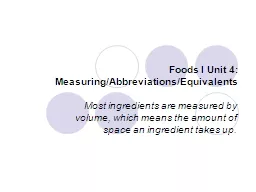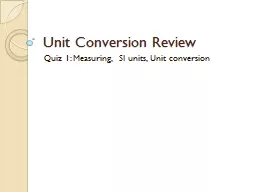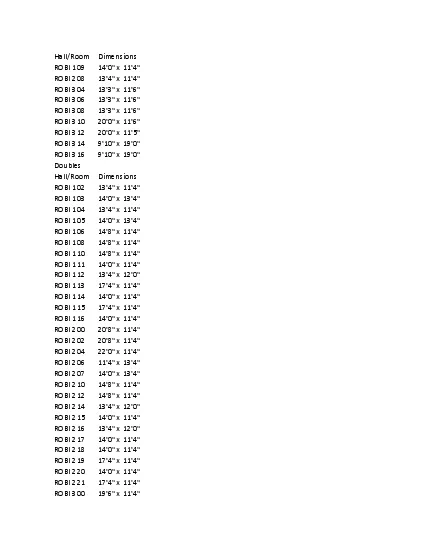PPT-Measuring the Multiple Dimensions of
Author : madison | Published Date : 2023-07-27
Medication Adherence in Behavior Change Research Ian M Kronish MD MPH Corrine I Voils PhD Carolyn T Thorpe PhD MPH December 12 2019 SOBC Grand Rounds Speaker
Presentation Embed Code
Download Presentation
Download Presentation The PPT/PDF document "Measuring the Multiple Dimensions of" is the property of its rightful owner. Permission is granted to download and print the materials on this website for personal, non-commercial use only, and to display it on your personal computer provided you do not modify the materials and that you retain all copyright notices contained in the materials. By downloading content from our website, you accept the terms of this agreement.
Measuring the Multiple Dimensions of: Transcript
Download Rules Of Document
"Measuring the Multiple Dimensions of"The content belongs to its owner. You may download and print it for personal use, without modification, and keep all copyright notices. By downloading, you agree to these terms.
Related Documents

